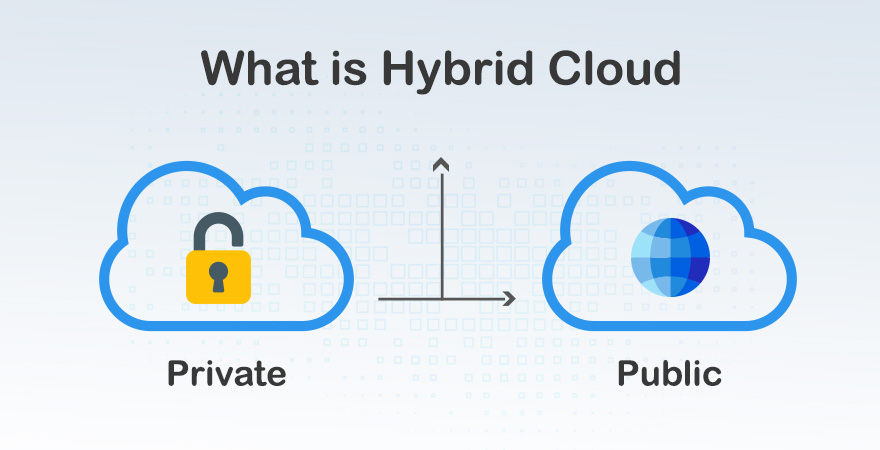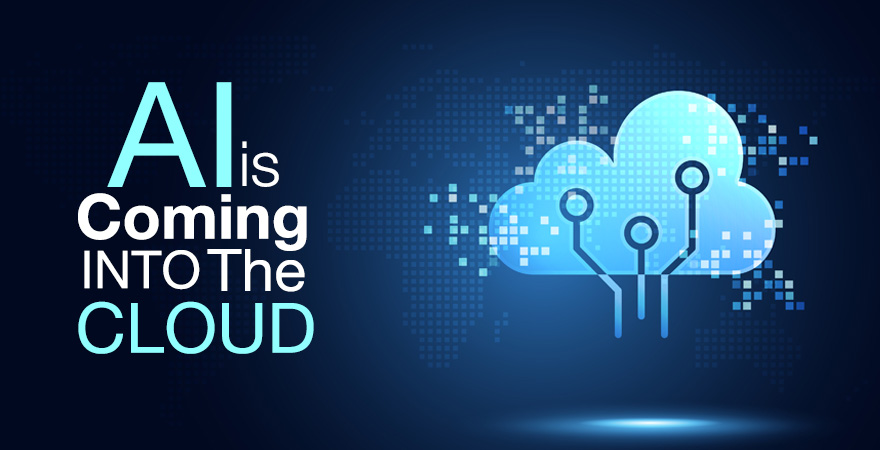The Cloud Computing Industry is evolving at an astronomical pace. Both leading Cloud Service Providers (CSP) and niche players alike are constantly maneuvering to find that perfect sweet spot where they can entrench themselves for the upcoming trends of the cloud.

This is easier said than done, because there are so many variables and stakeholders across the cloud landscape that the industry situation remains highly fluid.
In this post, we try to highlight some of the major expectations for the cloud industry over the year 2020.
Data Analysis
As more processes become technology powered, data is growing at a rapid pace. What good is data if it cannot be maneuvered to gain valuable business insights? We should see more data analysis platforms being introduced over the cloud infrastructures. Businesses will be able to leverage cloud processing muscle for vast data analyses.
Hybrid Cloud
We should see a further increase in hybrid cloud deployments. To handle the inherent complexity of such a model, integration software or solutions will gain a lot of limelight. These applications will be tasked with seamless allocation of organizational workloads across the cloud and on premise hardware.

JEDI Showdown
The controversy surrounding the award of Pentagon’s $10 BN cloud computing contract is likely to clear by this year’s end. The Joint Enterprise Defense Infrastructure (JEDI) was aimed at transforming the US military’s existing IT infrastructure into a cohesive cloud based architecture.
Amazon Web Services (AWS) has joined hands with Oracle to legally contest the award of JEDI to Microsoft. Amazon has gone to the extent of alleging that no less than President Trump personally intervened to prevent this award to AWS. All the litigation is likely to be decided by this year’s end and Pentagon should be on its way to the cloud.
Open Source Platforms
As more cloud infrastructures adopt hybrid structures, there is a growing underlying need for integration solutions. Given the unique needs of each cloud deploying entity, standardized solutions are seldom up to the task. The importance of open source platforms that integrate hybrid and multi cloud structures will grow.
AI Comes to the Cloud
Perhaps cloud based solutions were one of the few areas where the “purported” benefits of Artificial Intelligence (AI) were either non existent or somewhat subdued. That will not be the case anymore as most CSPs are working on introducing AI based decision making into their cloud based offerings.

Also Read: Top 10 Cloud Computing Trends and Outlook for 2020
Integration of Applications
The users of cloud based solutions are getting really spoilt by the highly customized offerings. From the perspective of a cloud tenant, everything lies within the realm of possible. As a result, we should see increasing number of productivity and enterprise grade software become fully cloud integrated.
Integrated IoT Platforms
The IoT revolution which is at our doorsteps is based around the notion of localized collection, transmission and processing of data. In addition to its limited functionality, this IoT infrastructure will ultimately link up with the cloud infrastructure where this data will be aggregated and stored for macro level analysis.
Kubernetes and the Cloud
As more productivity applications make their way to the cloud, the need for managing them will also increase. This is where app containerization platforms like Kubernetes will gain importance. The open source nature of this platform will also enable smaller app developers to craft application management solutions best suited to the cloud.
Multi Cloud is the Future
This upcoming trend comes with a pitch of salt for large cloud market players in particular. As the industry’s giants were strongly entrenching themselves in their areas of strength, little did they know that the whole cloud computing landscape was going through a major transformation.
Also Read:
The decisive force behind this trend were the very users of cloud based solutions. In a bid to win wary customers, Cloud Service Providers were prepared to go the extra mile, even if this meant compromising on their original in house cloud based offerings.
This gave rise to the era of the multi cloud which we are currently experiencing and it is highly likely that this trend will continue to gain momentum. In a multi cloud environment, different cloud based services will be availed from different service providers, and that too by the same cloud tenant.
Given the inherent nature of a multi cloud environment, CSPs will have to step out of their respective comfort zones and start collaborating instead of competing. In a multi cloud era, the importance of smaller cloud integration players may gain a lot of importance, in the context of both engagement and acquisitions.
Edge and Cloud
Most of edge computing is highly dependent on the capability to process sizeable data at the most localized tier. The required data processing muscle will be leveraged from the cloud, but not in the traditional way. To accomplish a highly effective edge computing environment, CSPs will have to make their presence much localized.
For this, we are likely to see a channelization of resources by cloud providers towards setting up of smaller, more localized data center footprint. This localized cloud infrastructure will be availed by users to tackle relatively low intensity processing workloads over the cloud.
Cloud Supercomputing
Nearly all the major cloud computing players are in a race to deliver actual supercomputing capability over the cloud. With its wide application in handling High Performance Computing (HPC) workloads, we should see some serious progress towards this goal.
This in turn will add a new revenue stream for the relatively matured cloud computing market. This will also make HPC a relatively more affordable workload. Previously, most HPC workloads were reserved for on premise hardware, which was both limited and prohibitively expensive.
Conclusion
The year 2020 is expected to be yet another eventful one for the Cloud Computing industry. Most fierce competitors of today are highly likely to be seen collaborating in the near future. The boundaries around CSPs will become ever more blurred as we should see a major rise in multi cloud architectures.
Many more enterprise grade and productivity applications will become seamlessly integrated over the cloud architecture. Open source platforms will be used extensively to craft customized integration environments over the cloud. The trend of aggressive acquisitions of open source platforms will carry through to the next year.


